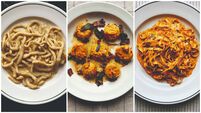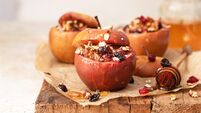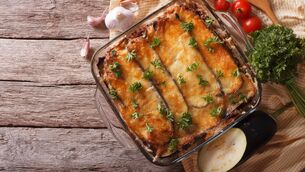Currabinny Cooks: Stews to make today and eat tomorrow
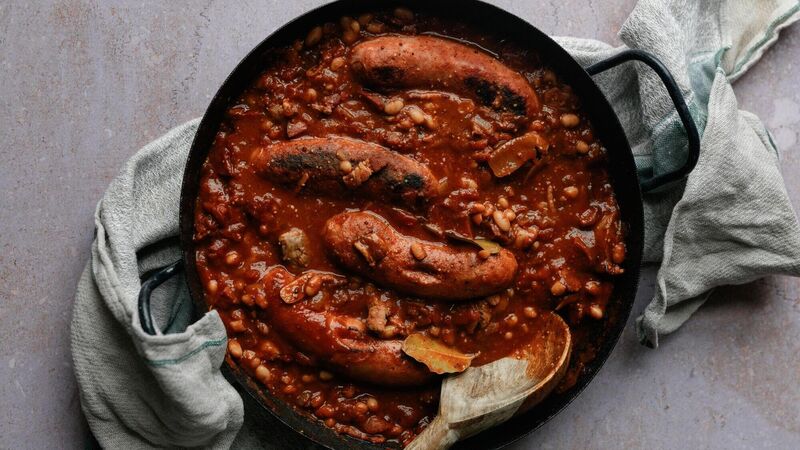
Cassoulet. Photo: Bríd O'Donovan.
We are heading towards 'mid-winter' already — there are six weeks or so until the year turns again and we can hopefully look forward to brighter times.
In this Celtic land, about 2,000 years ago, Samhain marked the division of the year between the lighter half (summer) and the darker half (winter). It was a significant festival, followed shortly after by the Winter solstice celebrations which eventually became the festive season as we know it. The brightness of that festival is all the more apparent for the otherwise bleakness of the time of year. It is poignant to think of this year in terms of light and dark, life and loss, things ending and things beginning. We have lost a lot this year and it might seem like nothing will ever be the same again.
Of course, there are cold-weather comforts along the way to the main bright spot of the festive season.
The darker months bring the sweetness of frostbitten root vegetables, preserved salty meats and maybe, at last, an excuse to use up some store cupboard spices or an old tin of beans. What you don’t eat now can be frozen for later.
For food, we make a lot of stews. These allow us to eat happily for these weeks of hunkering down with little in the way of effort or heading outside for more ingredients. The beauty of stews is all about how a little goes a long way. Nourishment, rooted in the traditions of using up what you have or can get cheaply. One day you might have your stew with potatoes, another day with rice, beans or even pasta. We ourselves like a small bowl of Irish stew on a cold day with a slice of buttered bread for there is nothing as useful in the fridge or freezer as a stew, which gets better and better in the days after you’ve made it.
Although sheep, lamb and mutton lack the prestige of cattle or the salty addictiveness of bacon, they are an integral part of our nation's food heritage. Sheep were a hugely important and useful part of the economy, their manure fertilising the land, their wool sold for all sorts of uses, their milk to make cheese and finally, at the end of their days, they became mutton or lamb. Mutton has long gone out of fashion — its strong flavour is one that we are no longer used to. For this recipe use good quality neck chops of lamb from a good butcher. Carrots, although not entirely traditional, add welcome colour; and the addition of barley is indescribably comforting to me at least. The potatoes should, of course, be floury so you can mix them into the stew, making it nice and thick. There is nothing more sacrilegious than a runny Irish stew.
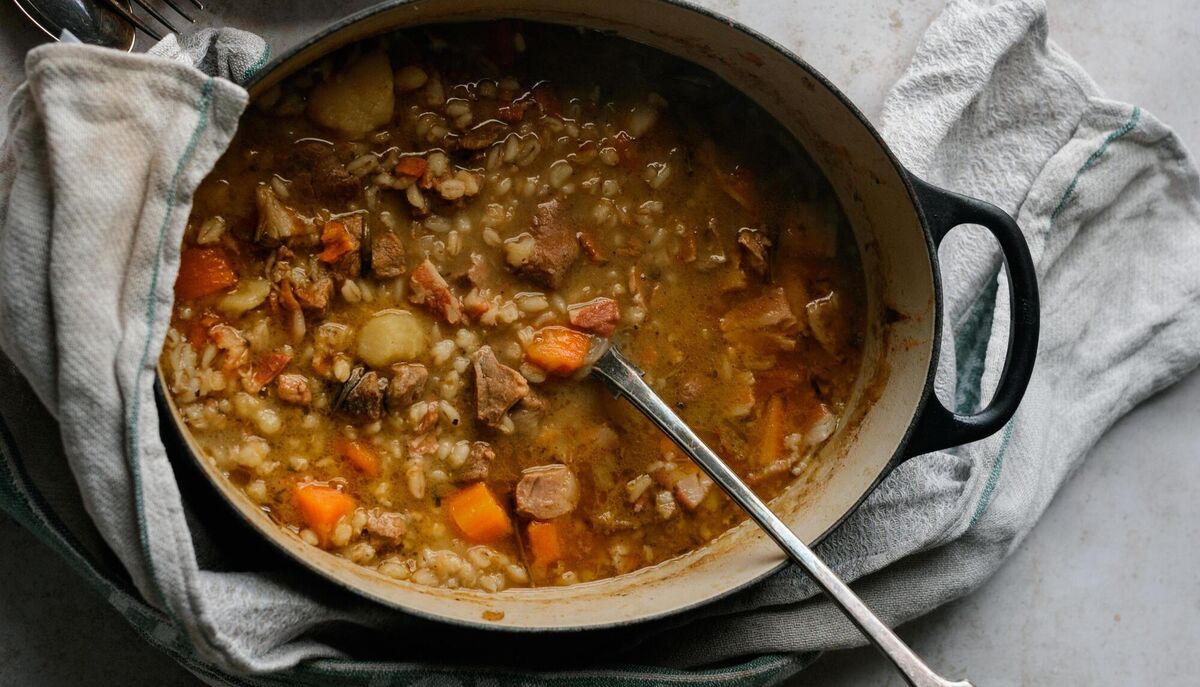
Ingredients:
- 3 large onions, peeled and sliced thickly
- 10 medium kerrs pink potatoes, peeled and cut in half
- 900g of lamb neck, cut into chunks
- 4 springs of thyme
- 5-6 medium to large carrots, peeled and cut into thick rounds
- Good handful of chopped parsley
- 200g smoked streaky bacon or rashers, cut into large chunks
- 1 bay leaf
- 80g pearl barley
- 850ml of lamb or good chicken stock
- A little rapeseed oil
Preheat the oven to 180°C. Heat a little rapeseed oil in a large casserole over a medium-high heat. Add the bacon chunks for a few minutes until starting to crisp up. Add the lamb, allowing it to brown for around 5 or 6 minutes.
Remove the meat and set aside.
Add the onion and carrot to the pan and cook for 6-8 minutes until the onion is starting to turn translucent and brown. Add the meat back to the pan along with the bay leaf, sprigs of thyme and parsley. Pour in the stock along with the pearl barley and bring it all to a gentle simmer.
Add the potatoes to the casserole, sitting them on top of the stew and place in the oven with the lid on for around 90 minutes.
Remove from the oven and check that the potatoes are well done — falling apart when you place a knife into their floury flesh. You can stir them through or leave them on top, adding a few flecks of butter to each potato and a good crack of black pepper. You can garnish the whole thing with some more chopped parsley, chives or even some spring onion.
This is a quick and easy way of making the classic French peasants' stew of sausages, beans and duck. I like to use good Toulouse sausages but feel free to experiment with spicy sausages, Cumberlands or even something like a Chipotle. I prefer duck breast in this recipe for ease but feel free to use leg instead if you don’t mind deboning it.
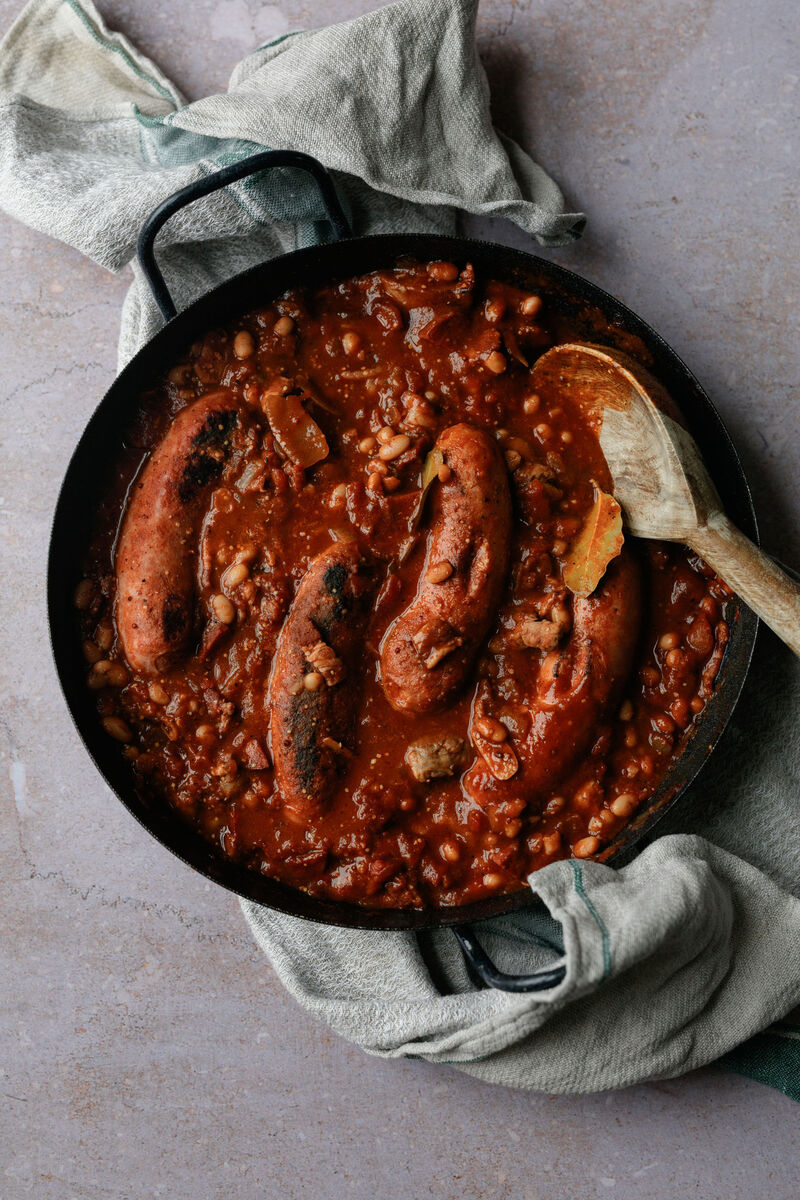
- 4 large Toulouse Sausages
- 1 duck breast
- 250g smoked bacon or rashers, cut into lardons
- 1 large onion, sliced
- 4 cloves of garlic, thinly sliced
- 1 tablespoon of tomato
- 80ml red wine
- 400g tin of chopped tomatoes
- 2 x 425g tins of butter beans, drained
- 2 bay leaves
- 2 tablespoons of grain mustard
- Sea salt & freshly-cracked black pepper
- A little olive oil
- 60g coarse breadcrumbs
In a casserole, over a medium-high heat, brown the sausage and duck breast until they are golden and sizzling on all sides. Take the meat out of the pan and set aside. Add the onions, bacon and garlic to the pan cooking for 5-6 minutes until the onion is softened and the bacon is turning crisp.
Pour in the red wine, allowing it to sizzle away until it begins to evaporate and thicken with the cooking fat. Add the tomato puree, stirring it in well before adding the tinned tomatoes. Add back the sausage and duck breast, bringing the whole lot to the boil. Reduce the heat to a simmer and add the beans, bay leaves, mustard and a little sea salt and black pepper. Simmer gently for around 15 minutes.
Scatter over the breadcrumbs on top, drizzle lightly with olive oil and sprinkle lightly with sea salt before placing under a hot grill for a minute or two until golden. Serve hot.
This is a stew that is sure to brighten and warm up anyone who feels the heavy burden of these cold wintery days. Its colour should be blood red and its flavour bursting with sweetness and spice.
The sour cream, I feel, is necessary to cut through the almost sticky richness of this stew.
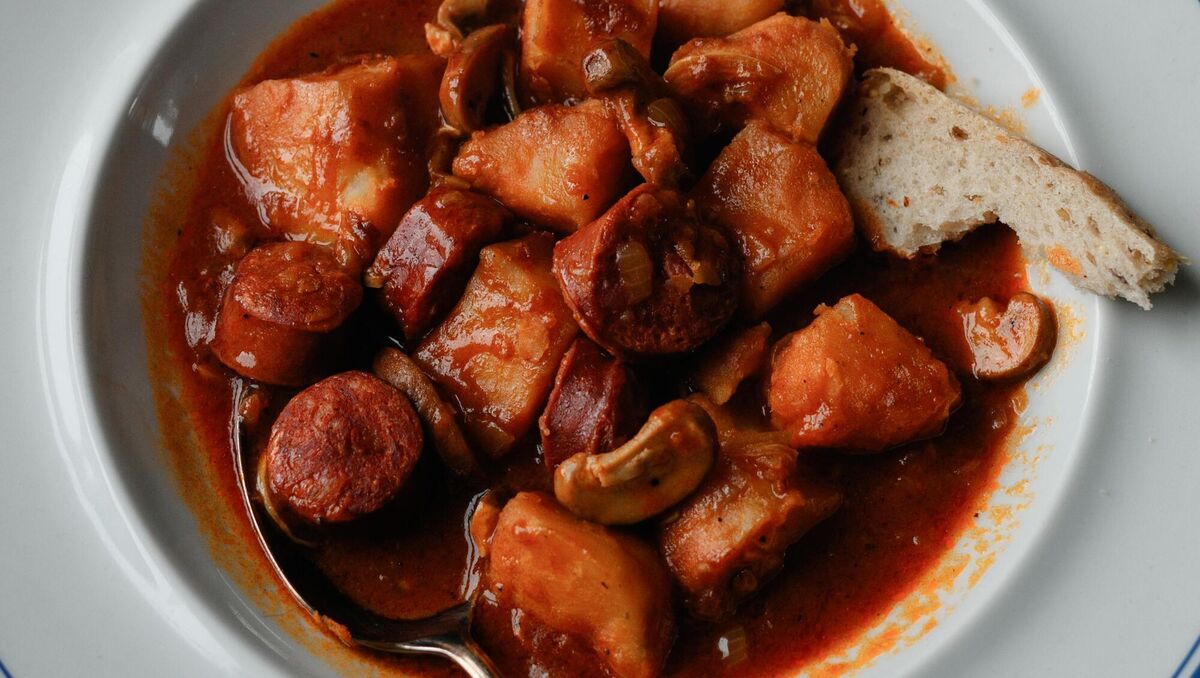
Ingredients:
- 200g unsmoked bacon or rashers, chopped into lardons
- 2 medium onions, finely diced
- 6-8 cloves of garlic, thinly sliced
- 2 tablespoons of tomato puree
- 1kg of firm waxy potatoes, peeled and cut into medium chunks
- 800g of Spanish cooking chorizo, cut into rounds
- 600g of chestnut mushrooms, sliced
- 1.8 ml of good chicken stock
- 1/2 teaspoon of cayenne pepper
- 2-3 tablespoons of hot smoked Spanish paprika
- Sea salt
- 250g sour cream
- Juice of 1/2 lemon or 1 lime
- Handful of dill, finely chopped
Use a casserole or large pot for this. Heat a little olive oil over a medium-high heat and add the bacon, cooking for a couple of minutes until crispy. Remove from the pot and set aside.
Add the onions and garlic, cooking until the onions turn translucent and golden. But, be very careful not to allow the garlic to brown or burn. Add the tomato paste to the pot along with the cooked bacon, potatoes, chorizo, mushrooms, paprika and cayenne pepper. Stir around the pot until the tomato paste and softened onions are covering the other ingredients and the chorizo has just about to cook, releasing some of its fat. Add the chicken stock and turn the heat up a little, allowing it to reach boiling point before turning the heat down so that the ingredients are steadily simmering.
Simmer for around 15 minutes until the potatoes are tender all the way through. Season the stew with sea salt and allow to cool slightly.
Mix together the sour cream with the lemon or lime juice, chopped dill and a little sea salt. Add a dollop of this to each serving of your chorizo stew.


